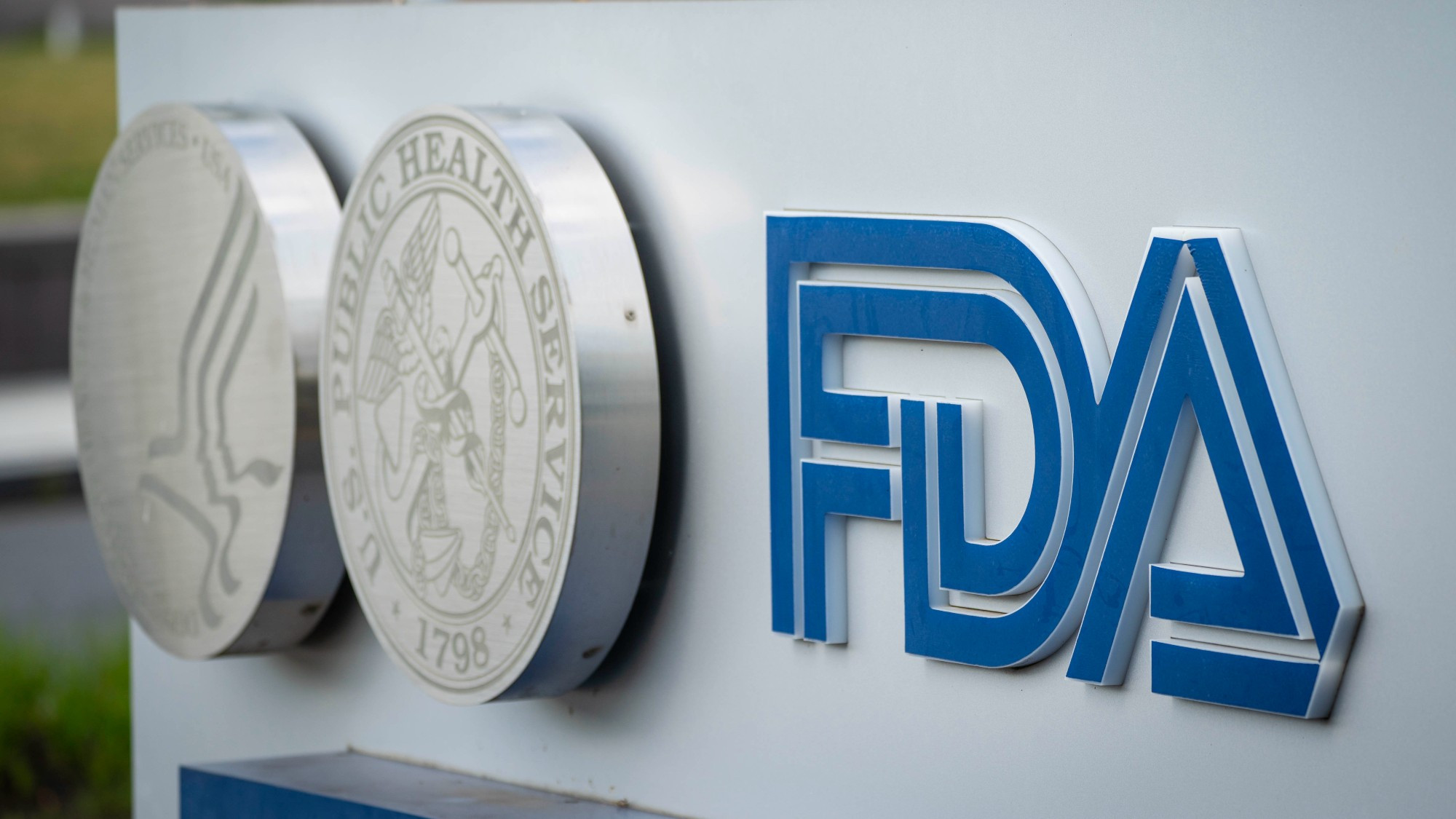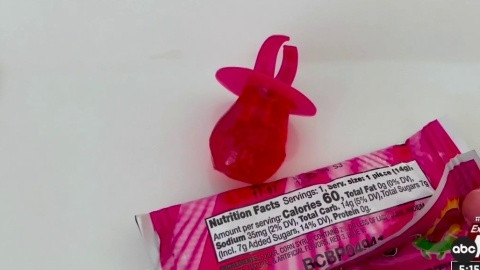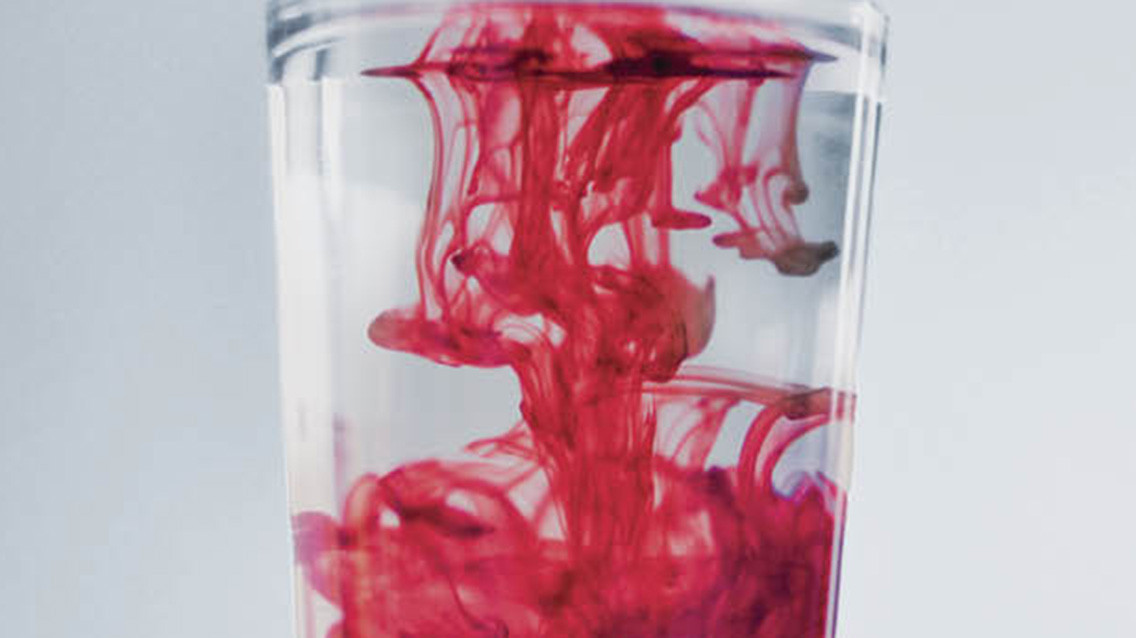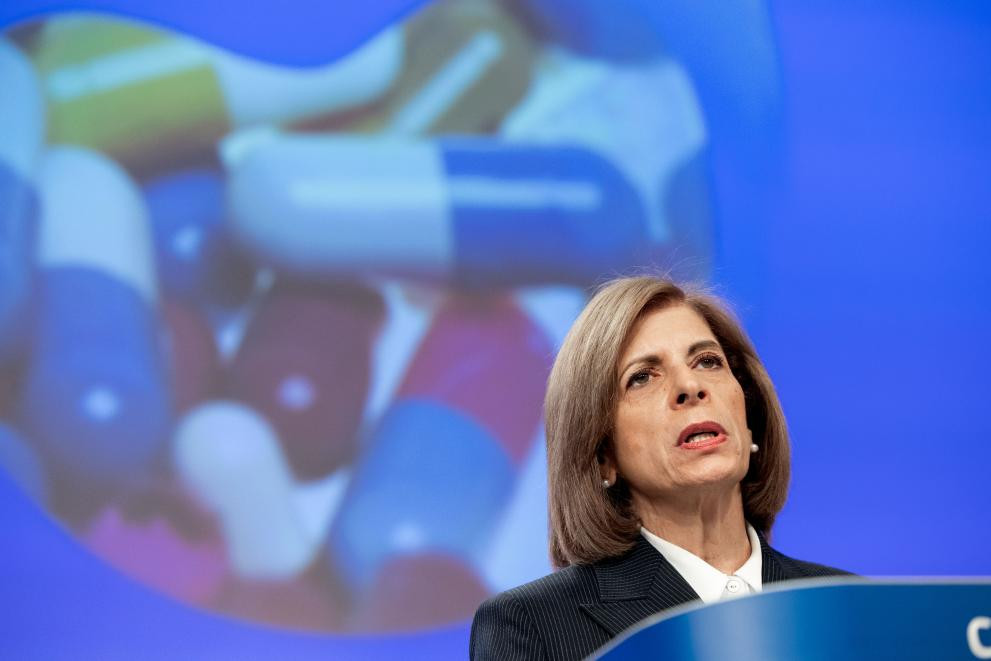FDA Bans Cancer-Causing Red Dye No. 3 from Food Supply
The Food and Drug Administration (FDA) announced a significant decision on Wednesday, banning the artificial food dye Red No. 3 from all food and ingested drugs within the United States. This decision, decades in the making, follows mounting evidence linking the dye to cancer in animal studies and years of advocacy from consumer groups. Red No. 3, also known as erythrosine, FD&C Red No. 3, or simply Red 3, has been a staple in the food industry for over a century, providing that vibrant cherry-red hue to countless products.
The Long Road to a Ban: Decades of Debate and Advocacy
The FDA’s decision isn't a sudden one; it's the culmination of a long and complex journey. The agency first became aware of Red No. 3's potential carcinogenicity in the 1980s, when studies revealed tumor development in male rats exposed to high doses of the dye. Despite this, the FDA initially allowed its continued use in foods while banning it in cosmetics in 1990 under the Delaney Clause. The Delaney Clause, a strict federal law, mandates the ban of any food additive shown to cause cancer in humans or animals. This regulatory paradox—legal in food but illegal in cosmetics—fueled years of advocacy by consumer groups like the Center for Science in the Public Interest (CSPI) and the Environmental Working Group (EWG).
The Delaney Clause and the FDA’s Response
The FDA's justification for the ban centers on the Delaney Clause: “The FDA cannot authorize a food additive or color additive if it has been found to cause cancer in human or animals,” stated Jim Jones, the FDA's deputy director for human foods. The agency's clarification that the mechanism of carcinogenesis in rats doesn't directly translate to humans didn't negate the clause's mandate. This clarification, however, highlights the complexity of translating animal study results to human health risks.
The Impact on the Food Industry: A Transition Period
The FDA's ban doesn't mean an immediate disappearance of Red No. 3 from store shelves. Food manufacturers have until January 15, 2027, to reformulate their products, while manufacturers of ingested drugs, such as dietary supplements, have until January 15, 2028. This transition period will allow companies time to replace Red No. 3 with alternative colorants. The Consumer Brands Association, a significant industry group, has affirmed their commitment to complying with the ban, prioritizing food safety and adhering to regulatory standards. Many companies have already begun this process, some replacing Red No. 3 with natural alternatives like beet juice, carmine (a dye derived from insects), or pigments from plants like purple sweet potato and red cabbage.
A Nationwide Shift: State-Level Bans and International Regulations
The FDA's ban isn't the first action taken against Red No. 3. California, along with several other states, has already moved to ban the dye. This state-level action, coupled with existing bans or restrictions in countries such as Australia, Japan, and those in the European Union, further emphasizes the growing international consensus regarding the potential health risks associated with Red No. 3. While some have questioned the decision given the lack of conclusive evidence that it causes cancer in humans, the FDA emphasized that the ban is a matter of complying with the Delaney Clause. The International Association of Color Manufacturers has defended the dye, citing research that supports its safety at typical human consumption levels.
A New Era of Food Safety: What’s Next?
The FDA's ban on Red No. 3 signifies a significant step towards greater food safety regulations. While this victory is celebrated by consumer advocates, the debate around artificial food dyes is far from over. The FDA acknowledges increasing public pressure for enhanced scrutiny of other artificial food colorings. This ban serves as a precedent, potentially influencing future evaluations of other additives. The question remains: will this initiative spur further investigations into the long-term health effects of other artificial dyes commonly used in our food supply? This significant regulatory action may encourage greater transparency and consumer awareness of the ingredients in processed foods. The food industry, aware of consumer demand for cleaner labels, is likely to accelerate the transition to natural alternatives. The FDA’s action underscores the agency's commitment to safeguarding public health, but this commitment must be balanced with realistic timelines and industry capabilities. The next few years will be crucial in seeing how the industry adapts to this new paradigm.



















